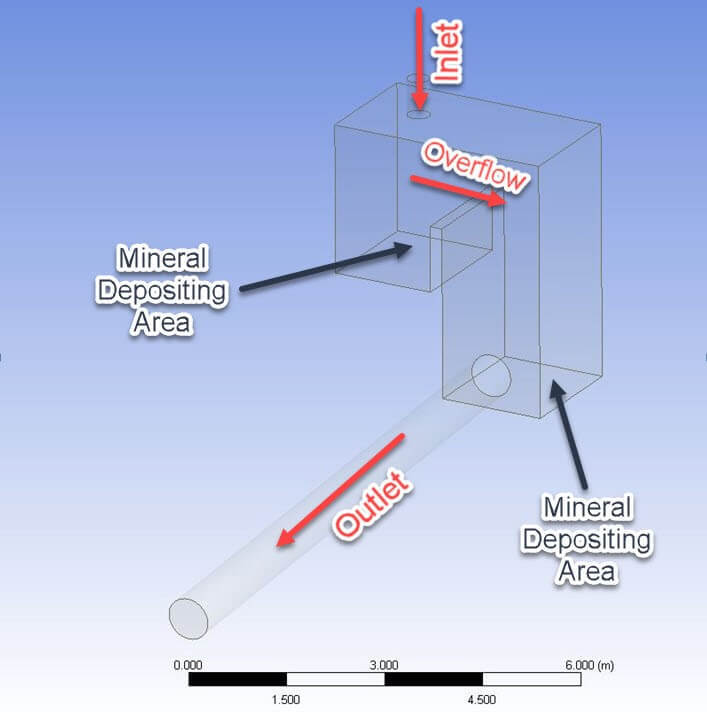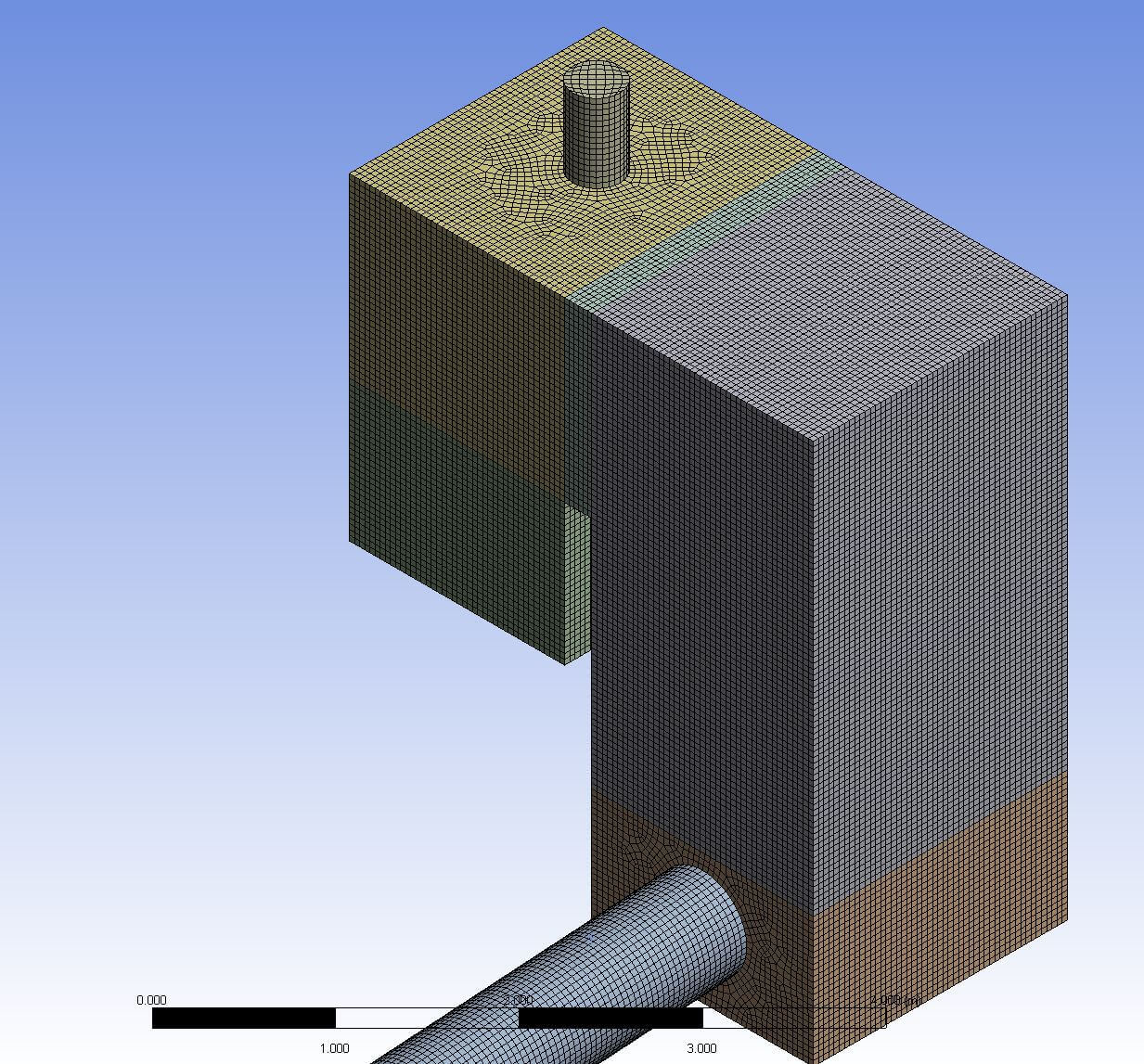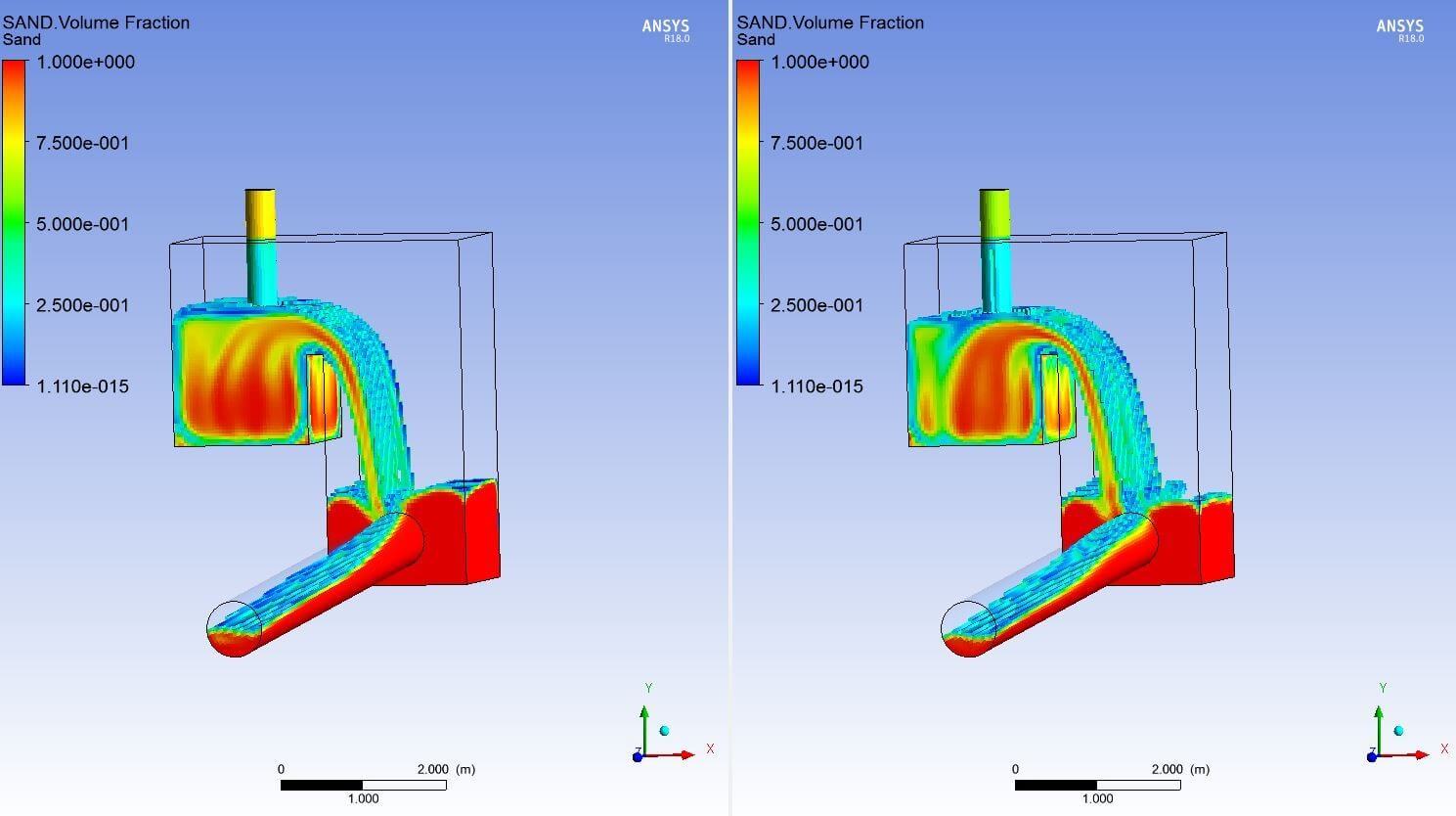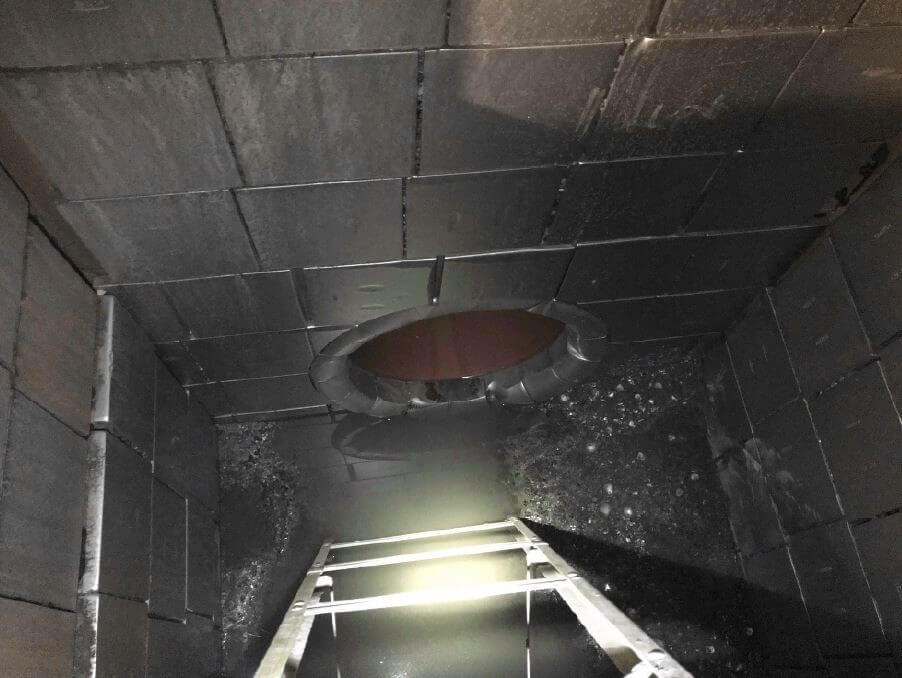See all
-
06 Dec 2024Other industriesCahier 4: a benchmark for sampling atmospheric emissions from stationary sources in Québec
-

Peter Wanga
Atmospheric Modelling Specialist, Environmental Engineering
-
-
05 Dec 2024All industriesDecarbonizing Canada’s path to 2050
-

Stéphane Charest, P.Eng.
Vice-president, Energy and Chemicals Market
-
-
26 Nov 2024Mining and MetalsEnergy and Mines conference: key takeaways from Susan Campbell and Isabelle Leblanc
-
-
26 Nov 2024Other industriesHurricanes are becoming increasingly violent, but industrial companies can calm the trend
-

Hugo Careau, P.Eng.
Principal Engineer, Decarbonization
-







